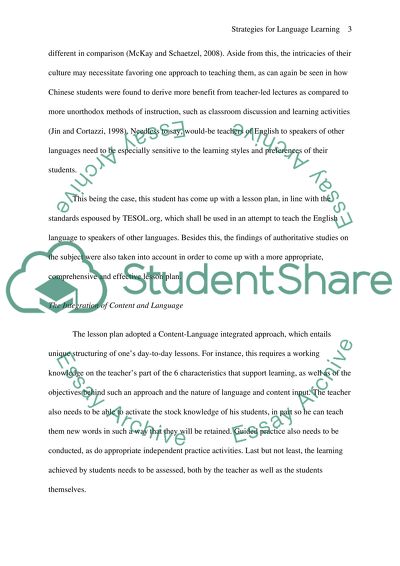Cite this document
(“Learning English in Terms of Globalization Essay”, n.d.)
Learning English in Terms of Globalization Essay. Retrieved from https://studentshare.org/education/1431987-effective-strategies-for-english-language-learners
Learning English in Terms of Globalization Essay. Retrieved from https://studentshare.org/education/1431987-effective-strategies-for-english-language-learners
(Learning English in Terms of Globalization Essay)
Learning English in Terms of Globalization Essay. https://studentshare.org/education/1431987-effective-strategies-for-english-language-learners.
Learning English in Terms of Globalization Essay. https://studentshare.org/education/1431987-effective-strategies-for-english-language-learners.
“Learning English in Terms of Globalization Essay”, n.d. https://studentshare.org/education/1431987-effective-strategies-for-english-language-learners.


